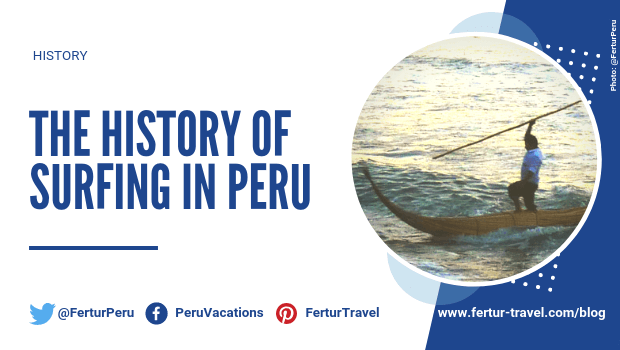
The History of Surfing in Peru
Boasting two world surfing champions — Felipe Pomar in 1965 and Sofía Mulánovich in 2003 — it’s no secret that Peru is a surfing haven. But the history of surfing in Peru dates back much, much farther than 1965, and it may even be the birthplace of the sport.
That’s right. While the origins are not known in any concrete way, there is a very compelling case to be made that surfing was first done on Peru’s northern coast.
Where did surfing originate?
Some believe that surfing originated in Polynesia, as it is known that societies in those places have, for millennia, used rafts and other primitive watercraft to travel among the many islands that constitute the region. It’s natural to imagine that surfing (or some definition of surfing) would have been a part of their seafaring lifestyle.
But the clarity of the sport’s history is complicated by two factors: first, that neither ancient Polynesian societies nor ancient Peruvian societies had written language, and second, that Polynesian and Peruvian societies may have actually interacted at one or more points in ancient history, making it more difficult to pinpoint the origins of their common cultural artifacts.
In fact, the late Peruvian historian José Antonio del Busto believed that as late as the year 1500, the Inca traveled to Polynesia and engaged in cultural and commercial exchange.
Perhaps the most famous development in these hypotheses was the Kon-tiki expedition, made by Norwegian explorer Thor Heyerdahl. In 1947, he traveled on a historically-accurate recreation of an ancient raft from South America to Polynesia, proving that contact and even commerce between the two seemingly disparate societies was entirely plausible.
The History of Surfing in Peru
Those who argue that Peru is the ancestral home of surfing point to pre-Incan civilizations on the northern coast of Peru. Pottery created by the coastal Viru culture dating back to 1000 BC documents people riding on waves. This was many hundreds of years before people inhabited Hawaii, where some believe surfing originated.
If surfing did indeed occur in Peru around three thousand years ago, that could make it predate Polynesian surfing as well, as the oldest evidence of human life in Polynesia was around that same time.
Ancient Reed Boats
It goes without saying that Peruvian surfers three thousands years ago did not have sleek, hydrodynamic surfboards as modern surfers do. Rather, they had reed boats, named caballitos de totora (little reed horses) by Spaniards who observed indigenous fisherman out on the water.
In an interview with BBC, Peruvian surfing legend Felipe Pomar — a vociferous champion of the notion that surfing did originate in Peru —suggests that fishermen in pre-Incan societies rode these boats like surfboards, standing up, when they returned to shore with their haul.
The idea isn’t purely conjecture, either. Paintings and engravings from ancient Peruvian civilizations depict the use of ancient reed boats as surfboards, lending credence to the belief that surfing has existed for three thousand years in Peru.
Surfing in Peru Today
If Peru is indeed where surfing originated, it shows. It’s one of the world’s great surfing hubs, offering some of the best beaches for surfing on its northern coasts near the equator.
One need not even be on the best beaches in the north to see how important surfing is to Peruvian culture. The beaches outside Lima, hundreds of miles south of the shores where surfing may have originated, are peppered with surfers, even during chilly winter days. Surfing is a very popular pastie along the entire length of Peru’s Pacific coast.
But Peru has not forgotten its surfing origins. In some fishing towns on Peru’s coast, fishermen still take to the sea in their caballitos de totora, just as their ancestors did thousands of years ago.
Visiting Peru’s Northern Coast
If you are interested in the history of surfing, the actual sport of surfing, or any of northern Peru’s many archaeological and cultural wonders, you might like to hear more about Fertur’s 11-day northern Peru tour.
In addition to seeing some of the country’s most prized archaeological treasures, the tour visits Huanchaco, one of northern Peru’s fishing towns, where you can see fisherman out on their reed boats.
There’s no doubt that seeing reed boat surfing in Huanchaco is an experience made even more special knowing the foundational importance of those boats in the history of surfing in Peru.
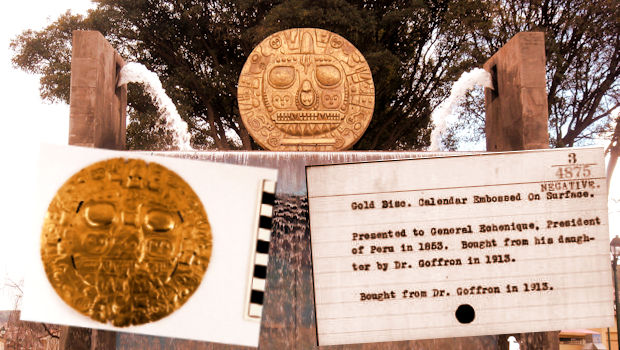 The Inca Sun of Suns Could be Returned to Cusco – by Donald Trump?
The Inca Sun of Suns Could be Returned to Cusco – by Donald Trump? 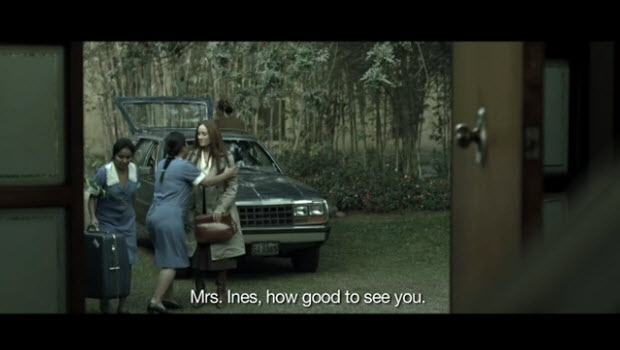 The Bad Intentions to vie for foreign language Oscar
The Bad Intentions to vie for foreign language Oscar  Matthew Parris sings the praises of a night aboard the Yavarí on Lake Titicaca
Matthew Parris sings the praises of a night aboard the Yavarí on Lake Titicaca 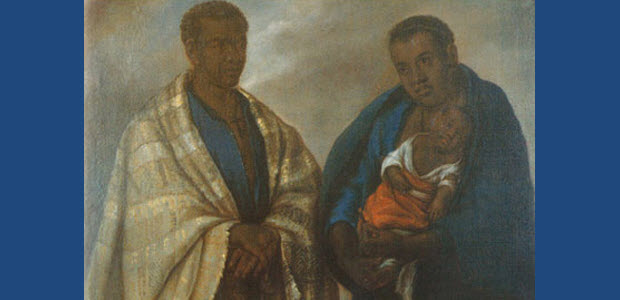 Casta paintings: Historical testament of the African diaspora in Peru
Casta paintings: Historical testament of the African diaspora in Peru 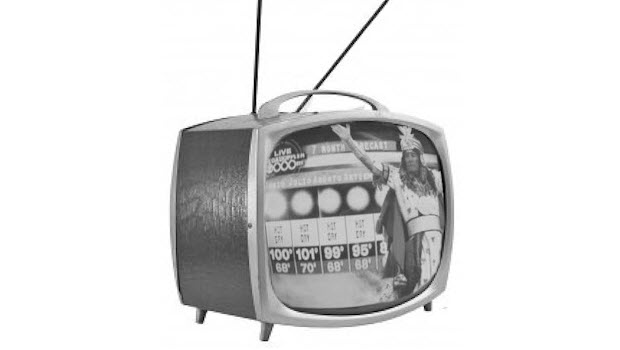 Weather Channel could learn something from the Inca and their descendants
Weather Channel could learn something from the Inca and their descendants 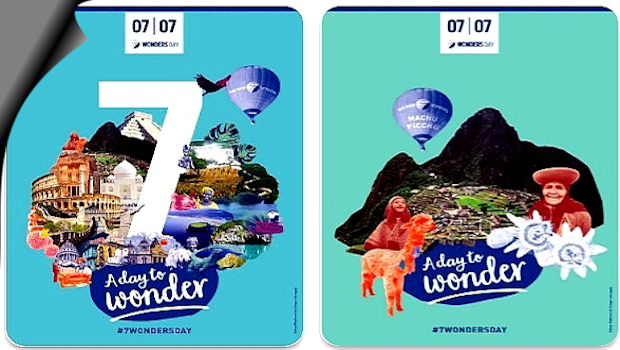 Machu Picchu’s 10-year Anniversary as Seventh Wonder of the World
Machu Picchu’s 10-year Anniversary as Seventh Wonder of the World 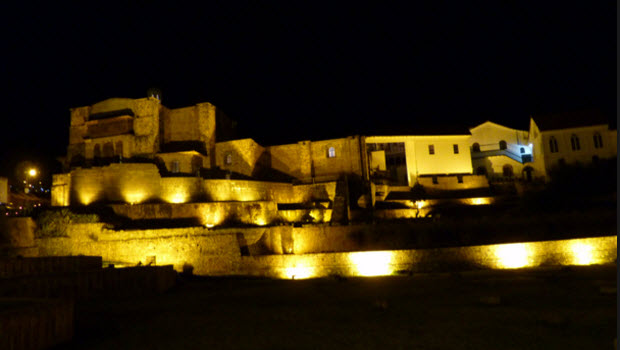 A history travel must: tour Cusco’s Koricancha Sun Temple
A history travel must: tour Cusco’s Koricancha Sun Temple 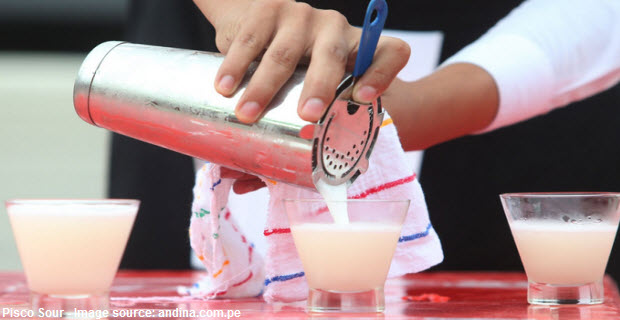 Peruvian Pisco’s 400-year history on exhibit in historic Lima
Peruvian Pisco’s 400-year history on exhibit in historic Lima